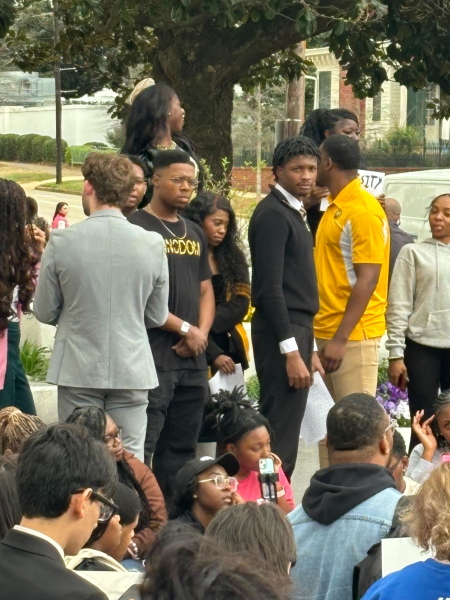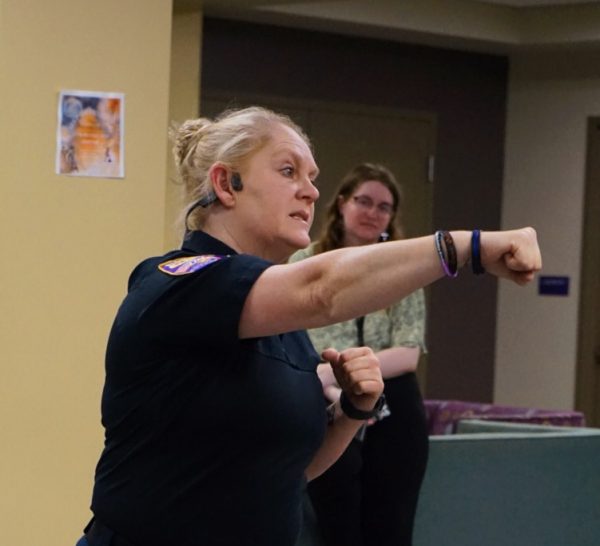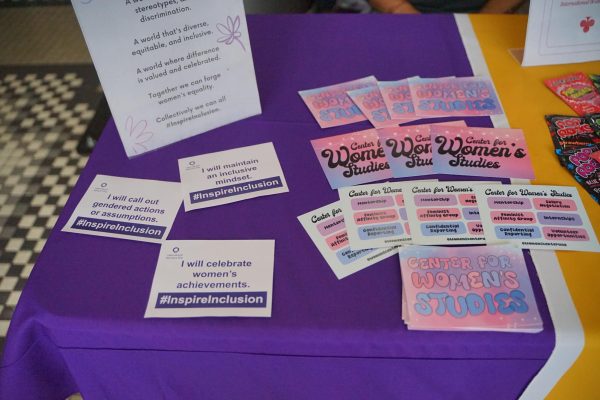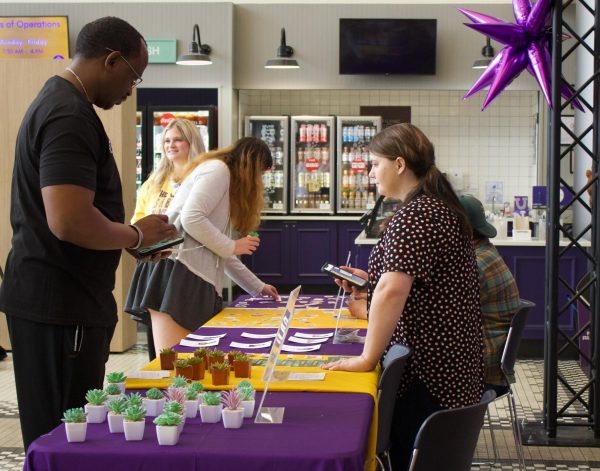Still segregated
January 17, 2013
Although, legally defeated, racial segregation still appears to have a subliminal effect on higher education institutions, according to research presented at the annual meeting of the American Economic Association in San Diego.
At UNA the 2012-2013 enrollment numbers indicate that, while diverse, the campus population is still predominantly white.
Even though many students said UNA’s location is the reason for the student-race ratio, they said segregation appears on campus, although somewhat unconsciously, everyday.
“You only have to walk into the GUC at lunch time to notice the segregation,” said Richie Mata’afa, a senior at UNA. “I think it’s caused by a deep divide in culture that has a great history, especially in the South. It affects students in everything from the way they dress to the slang they use.”
Mata’afa, who transferred to UNA from California on a football scholarship, said that although segregation seems to exist everywhere in the world, it appears on campus mostly in social interactions.
Abril Agnew, a senior, said segregation is still a relevant topic but that its effect changes as people do.
“In our day-to-day lives I believe it has become less apparent,” she said. “I think diversity is a key factor. At any university, exposure to different things, people and cultures make segregation less popular in our day-to-day lives. “
Christopher Goodman, a senior, said he believes that more students are aware of this issue than some might think. He said students use tolerance as an excuse not to get to know each other, so the burden falls on the student body to make a change.
“They must lead the surge in breaking new ground for UNA,” he said.
DeAnte’ Smith, the assistant director of student engagement for Greek affairs, said segregation tends to appear in Greek life when they are marketing events.
“Unconsciously, I think some of our students tend to gravitate toward people they’ve been surrounded by their whole life,” he said. “But as far as membership goes, as far as marketing to recruit people into their chapters and groups, I think the Greek organizations are very diverse.”
Smith said he wants to encourage students to attend the larger events on campus to get involved and meet different kinds of people.
“I think our students should start going to as many big events, like the spring concert, as they can just to meet as many people as possible,” he said. “You never know in the future what friend or networking piece you could be missing out on because you’re staying in your comfort zone and staying in one area with one demographic or one race.”
Betsi Boutwell, a member of LaGrange Society, said UNA’s staff and student workers all go through diversity training to help facilitate integration.
“When I give campus tours to prospective students, they are concerned with the relationship the university has between students and the issue of diversity,” she said. “UNA fosters a climate that acknowledges and celebrates the differences that define who we are.
“I believe the Office of Diversity is one reason UNA has not appeared to have the same results as other states. Unless we discontinue this program all together, I feel progress will continue.”
UNA’s Office of Diversity and Institutional Equity offers services to enhance the diversity of the university and provide equal opportunities for all students, faculty and staff members at UNA.
The university offers diversity training and resources for better diversity knowledge through UNA’s website and the Office of Diversity and Instutional Equity.











